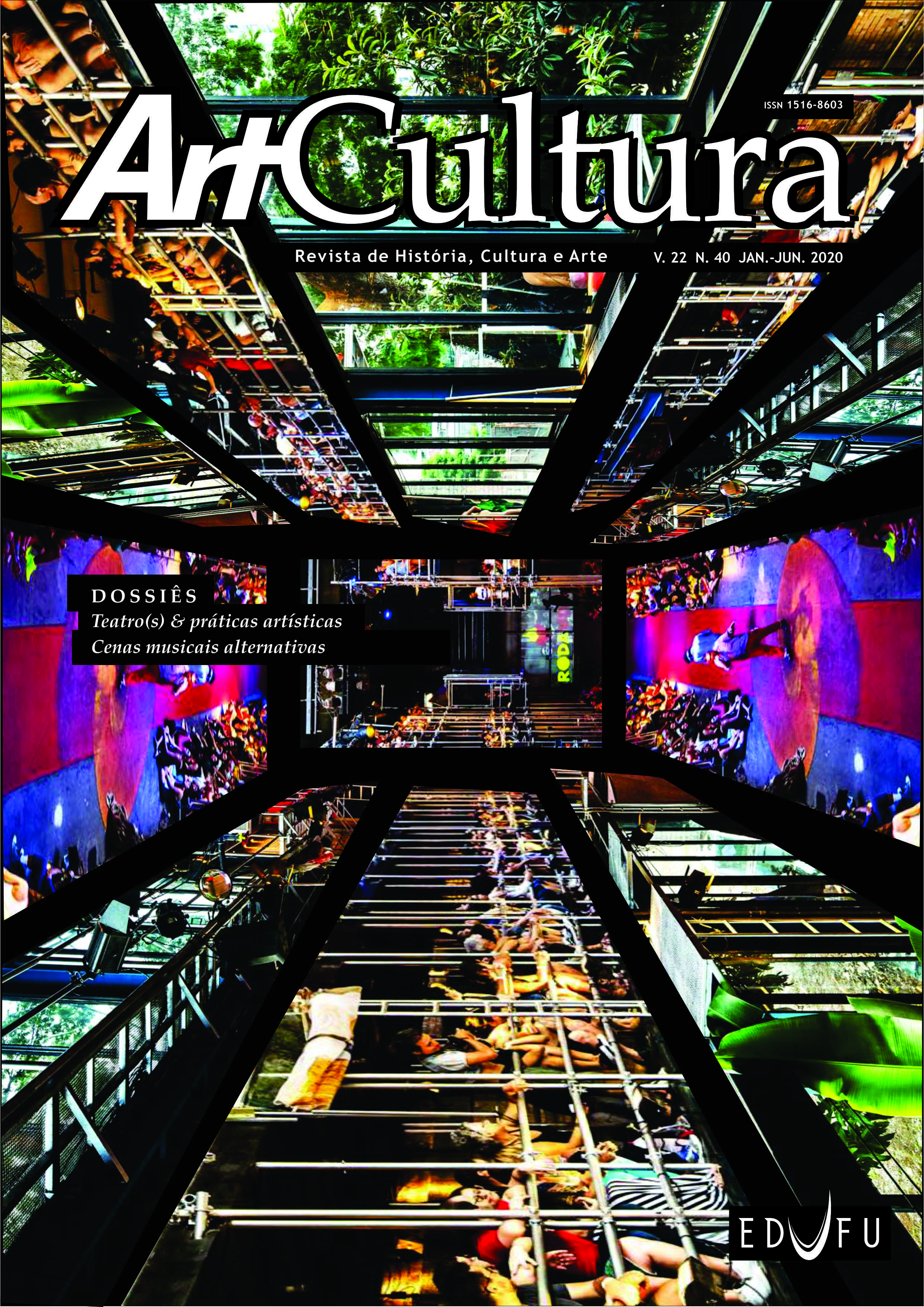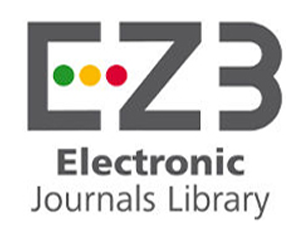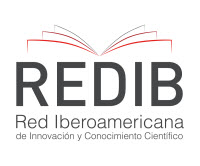A “cinemática cenográfica” de Jacques Polieri e sua influência na história da cena contemporânea
DOI:
https://doi.org/10.14393/artc-v22-n40-2020-56964Palavras-chave:
tecnologia, cenografia, imagemResumo
O artigo aborda a obra artística e teórica de Jacques Polieri (1928-2011), diretor, teórico do teatro e cenógrafo francês que, por meio de uma perspectiva pluridisciplinar, concebeu e investigou diversos espetáculos multimídias, nos quais renovou a ideia de representação. A hipótese aqui apresentada é de que sua obra é decisiva para o desenvolvimento de técnicas relativas ao uso das imagens em sua relação com o espaço, configurando uma abordagem teórico-prática fundamental para o desenvolvimento do teatro em campo expandido na contemporaneidade.
Downloads
Referências
CAMPOS, Augusto de, CAMPOS, Haroldo de e PIGNATARI, Décio. Mallarmé. São Paulo: Perspectiva, 1974.
CORVIN, Michel. Polieri: une passion visionnaire. Paris: Adam Birô, 1998.
CORVIN, Michel. Art avant-garde. Marseille, Nantes, Paris. 1956-1960. Paris: Somogy Éditions D’Art, 2004.
CORVIN, Michel. Jacques Polieri criador de uma cenografia moderna. O Percevejo online, v. 8, n. 1, Rio de Janeiro, jan.-jun. 2016.
POLIERI, Jacques. Jeu(x) de communication: recherches – elements théoriques. Paris: Denöel/Gonthier, 1981.
POLIERI, Jacques. Argument pour un ballet-spectacle. Disponível em <http://www.jacques-polieri.com/fr/_gamme_de_7_1964_1967>.
POLIERI, Jacques. Scénographie. Sémiographie: textes et réalisations. Paris: Denoël/Gonthier, 1971.
POLIERI, Jacques. Jacques Polieri: 50 ans de recherches dans le spectacle. Paris: Birô Editeur, 2006.
POLIERI, Jacques. Jacques Polieri. Disponível em <http://www.jacques-polieri.com/fr/accueil>.
SAFIR, Margery Arent (ed.) Robert Wilson. Paris: The Arts Arena/ Flammarion, 2011.
Downloads
Publicado
Edição
Seção
Licença
Autores que publicam nesta revista concordam com os seguintes termos da licença Creative Commons, adotada a partir da ArtCultura, v. 21, n. 39 (jul.-dez. 2019).
CC BY-NC-ND 4.0: o artigo pode ser copiado e redistribuído em qualquer suporte ou formato. Os créditos devem ser dados ao autor original e mudanças no texto devem ser indicadas. O artigo não pode ser usado para fins comerciais. Caso o artigo seja remixado, transformado ou algo novo for criado a partir dele, ele não pode ser distribuído.
Autores têm autorização para assumir contratos adicionais separadamente, para distribuição não exclusiva da versão do trabalho publicada nesta revista (ex.: publicar em repositório institucional ou como capítulo de livro), com reconhecimento de autoria e publicação inicial nesta revista.












